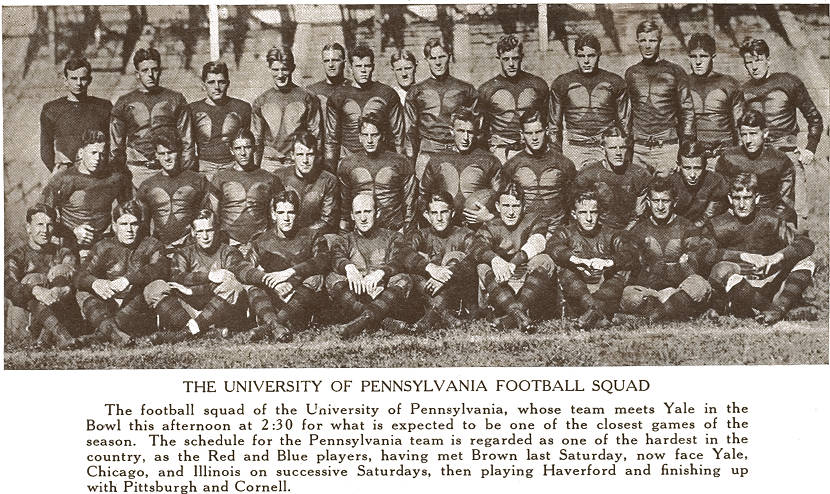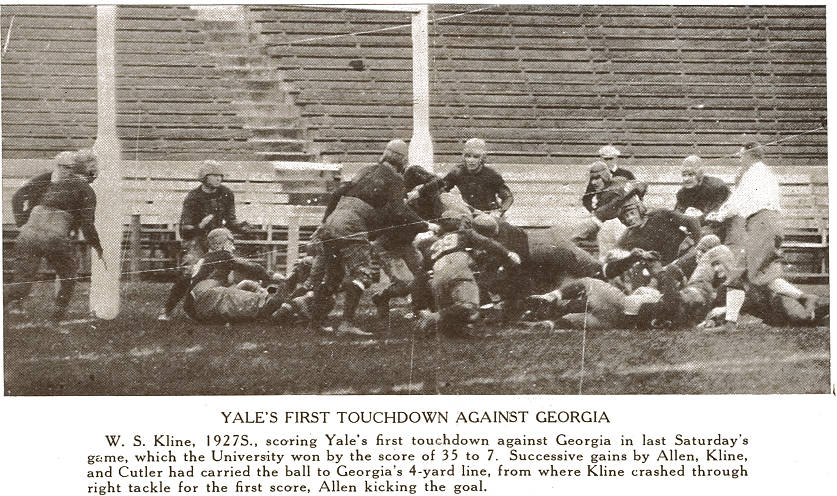Can one person singlehandedly turn a program around? Take a dreary team and make it succeed beyond fans’ wildest imaginations?
Absolutely. And no, I’m not talking about Tom Brady. (Despite the belief of many hot-take artists, Bill Belichick did far more than twirl a whistle for 20 years while TB12 did all the dirty work.) I’m looking about 100 miles north, in Durham, New Hampshire.
Going into the 2004 season, New Hampshire had enjoyed one winning season over the previous seven years, and even that was a tepid 6-5 mark in 2000. Sixth-year coach Sean McDonnell had a lifetime record of 23-33. The 2003 Wildcats went 5-7 in front of mostly blah crowds at ancient, dilapidated Cowell Stadium. (A late-season game against James Madison attracted a whopping 1,815 fans; even the annual rivalry game against Maine two weeks later drew a modest gathering of 4,246.)
The 2004 season looked to be more of the same. UNH was picked to finish fourth in the Atlantic 10’s six-team North Division. The Wildcats’ season opener was at Delaware, the 2003 I-AA (now FCS) national champion and preseason No. 1 in ’04. The season, frankly, looked to be over before it started.
Then it happened. Sept. 2, 2004. Delaware Stadium, Newark, Delaware. More than 22,000 Blue Hen zealots in attendance.
UNH quarterback Mike Granieri, who was coming off a solid 2003 season (2,595 yards, 22 TDs, 8 interceptions), went down with a knee injury in the first half. In came redshirt freshman Ricky Santos, a walk-on from Bellingham, Massachusetts who had contemplated trying out for basketball if this football thing didn’t work out. Playing more like a four-year starter, Santos was 10-for-11 passing for 146 yards, including a go-ahead, fourth-quarter 44-yard TD pass to David Ball in a 24-21 mega-upset of the Blue Hens —the Wildcats' first-ever win over a No. 1 team.
 |
| The miracle man. |
One week later, UNH pulled off another stunner, defeating Big East member Rutgers 35-24, the first five straight wins against I-A/FBS competition. Santos threw for 385 yards and five TDs, three in the second half, when the Wildcats outscored the Scarlet Knights 21-0.
After a 9-7 loss to William & Mary in the home opener in front of only 3,512 fans, UNH won seven of its last eight regular season games to finish at 9-2, claim a No. 6 ranking in the Sports Network poll and earn its first I-AA postseason berth since 1994. Santos threw for 3,318 yards and 31 TDs, and his favorite target, David Ball, caught 86 passes for 1,504 yards and 17 TDs. UNH outscored its opponents 426-339, 32.8 points per game.
Santos and Ball, the Steve Young and Jerry Rice of FCS.
(Ball actually broke Rice's FCS record for career TD catches,)
Despite the lofty ranking, UNH had to visit lower-ranked (No. 10) Georgia Southern in the first round of the I-AA tournament. Although Santos threw for only 204 yards and one TD, UNH pulled off a 27-23 "upset."
The Wildcats’ title dream came to an end a week later in the quarterfinals at Montana (a 47-17) loss, but the die had been cast by Ricky Santos. And it has yet to be broken. Just look at the Cats' run of success since.
UNH went on to reach the NCAA tourney 14 straight seasons. Sean McDonnell, he of the 23-33 record, retired in 2021 with a record of 157-104 (134-71 A.S. — After Santos). Chip Kelly, his heretofore unknown offensive coordinator, was acclaimed as a genius. A spanking new stadium was built in 2016. UNH has gone 20-3 against archival Maine since 2003 (sad face from this Maine alum) after going 41-42-8 previously.
 |
| You can even dust off those old Playstation 2 NCAA Football video games and play as Ricky Santos, although you'll have to add his name. |
And Santos, the guy who wondered if this football thing would work out? He went on to win the Walter Payton Award as the nation’s top I-AA/FCS player in 2006, had his jersey retired and is now the Wildcats’ head coach — where he’s back going to the postseason every year.
All because Mike Granieri injured his knee at Delaware.
Phrases like “transformational” and “generational talent” get tossed around like wobbly passes in a backyard game these days, but Ricky Santos truly lived up to those lofty labels.
.png)

.png)



.png)





.png)
.png)
.png)
.png)
.png)
.png)
.png)
.png)
.png)
.png)


.png)
.png)


.png)



.png)

.png)

.png)

.png)

.png)

.png)

.png)

.png)
.png)

.png)

.png)


.png)
